Kobe Beef: Characteristics and 5 Recommended Restaurants

Kobe beef is a luxurious type of beef that originates from the Tajima strain of Wagyu cattle, raised in the Hyogo Prefecture of Japan. We introduce 5 restaurants that offer Kobe beef dishes along with the characteristics of this highly-prized type of Japanese beef.
Kobe beef is an icon of Japanese food and part of the gourmet tradition of Wagyu, Japanese beef. With a buttery taste that is rich and decadent, Kobe beef melts in your mouth and is seen as a must-try when visiting Japan.
We introduce the features of Kobe Beef and what makes it special, along with five restaurants that offer delicious Kobe Beef cuisine.
Kobe Beef Guide: Definition and 5 Restaurants
What Is Kobe Beef?
1. Kobe Beef Gallery
2. Teppanyaki Grill Restaurant Tanryu
3. Hiroshige: Gyudon Dishes
4. Teppanyaki Grill Misono
5. Restaurant Furusato in Tajima Farm Park
Kobe Beef: Definition and Characteristics
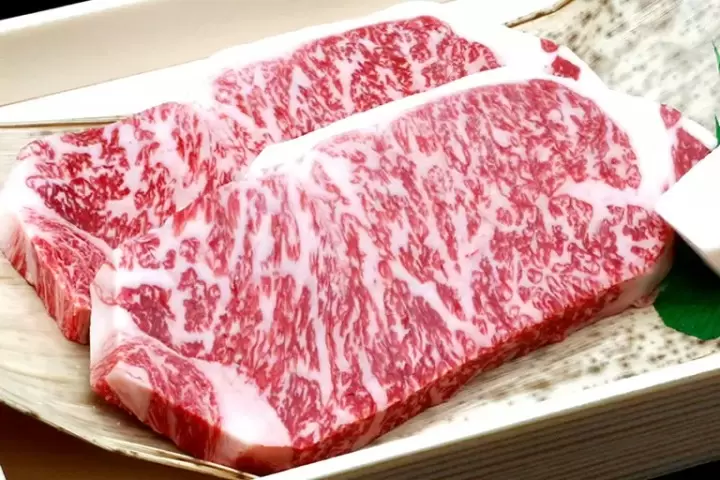
Picture courtesy of the Hyogo Tourism Bureau
Kobe Beef is a type of high-quality Japanese beef that originates from the Tajima strain of Wagyu cattle, raised in the Hyogo Prefecture of Japan. Known for its exceptional quality, Kobe beef is renowned for its intense marbling, tenderness, and rich flavor profile.
The meat is characterized by its fine texture and distinct marbling of fat throughout the muscle, which creates a uniquely buttery and flavorful taste.
To be labeled as authentic Kobe beef, strict criteria and regulations must be met, including specific guidelines related to the cattle's lineage, diet, and the region in which they are raised. Due to its limited availability and meticulous rearing process, Kobe beef is considered a delicacy and commands a premium price in culinary circles worldwide.
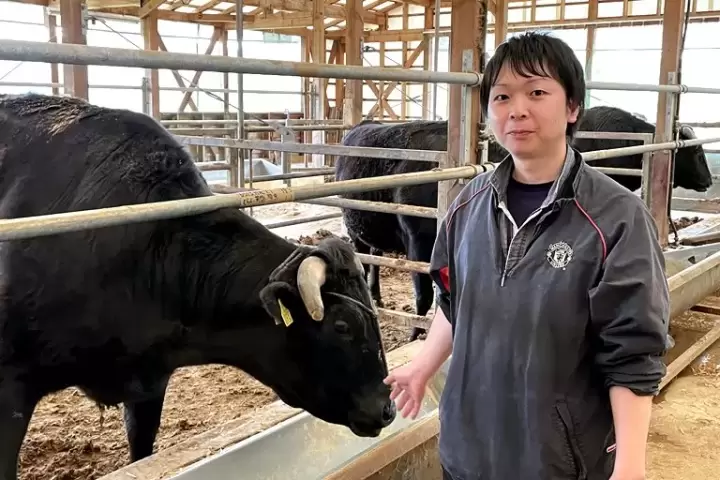
Mikata Farm, specializing in raising Japanese Kuroge cattle. Picture courtesy of the Hyogo Tourism Bureau
Kobe Beef is rooted in Tajima Beef. Tajima, a sprawling region in Hyogo, is the breeding ground for exceptional cattle like Tajima cows known for their premium meat quality. Despite their modest size, these cows require meticulous care in breeding and nourishment to ensure superior flavor and marbling.
Tajima Beef, including renowned labels like Kobe Beef and Matsusaka Beef, represents nearly all Japanese Kuroge beef, emphasizing a focus on taste over price due to its rarity and demanding production process.
Through dedicated efforts and increased costs in prolonged beef maturation, Tajima Beef varieties such as Kobe Beef continue to captivate palates worldwide, offering an unparalleled gustatory experience deserving of recognition and appreciation.
Read on to learn some of the best places to enjoy Kobe Beef dishes in western Japan.
Read also
↑ Return to the top of article.
1. Kobe Beef Gallery
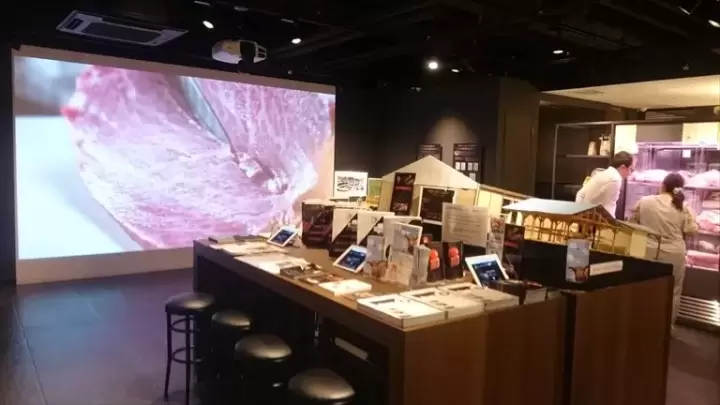
Picture courtesy of the Hyogo Tourism Bureau
Exploring the world of Kobe beef proves to be a delectable and enlightening journey at the Kobe Beef Gallery. You can deepen your knowledge with the easy-to-understand displays. The facility also offers an official Kobe Beef restaurant database.
In order to handle Kobe Beef preparation, cooking, and sales, certification by the Kobe Beef Marketing & Distribution Promotion Association is mandatory. This certification delineates the standard for Kobe beef across restaurants, butcher shops, and farms.
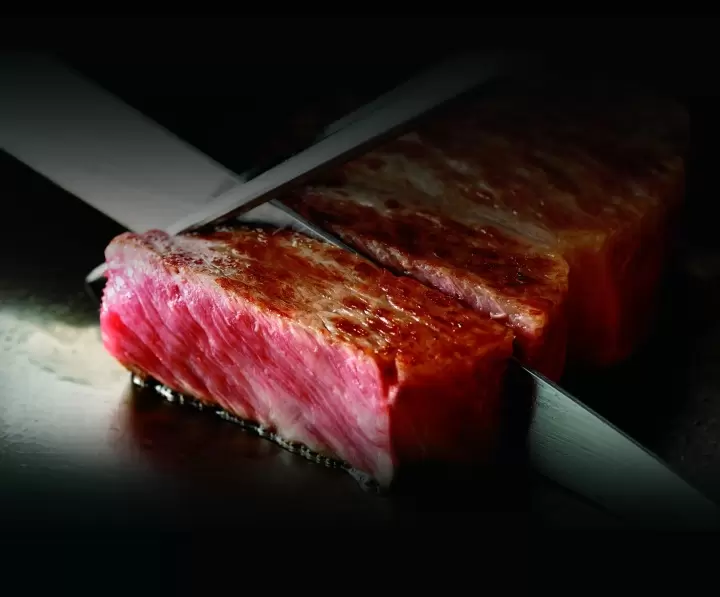
Picture courtesy of the Hyogo Tourism Bureau
The Kobe Beef Gallery not only educates visitors about the rich history and origins of Kobe beef cuisine but also offers them the chance to savor the remarkable results of the harmonious collaboration between farmers and chefs.
At the Kobe Beef Gallery restaurant, you can indulge in a sumptuous Kobe Beef steak cooked on an authentic hot plate while observing the chef's skilled techniques firsthand. Customers can delight in taste comparisons featuring various cuts!
Please note that seating is limited (8 counter seats and 4 table seats), and reservations are not accepted, potentially resulting in wait times for service.
Situated on the third floor of the Kotonohako Kobe Building, Kobe Beef Gallery conveniently resides opposite Shin Kobe Station on the Shinkansen line, inviting all connoisseurs and enthusiasts to experience this culinary gem firsthand.
Kobe Beef Gallery
Location: Hyogo, Kobe, Chuo Ward, Kitanocho 1, Kotonohako Kobe 3F Map
Business hours: Lunch 11:30 - 15:00 (last order 14:00), Dinner 17:00 - 20:00 (last order 19:00)
*Closed on Mondays and Tuesdays
Official website: https://en.kobebeef.gallery/
Read also
↑ Return to the top of article.
2. Teppanyaki Grill Restaurant Tanryu
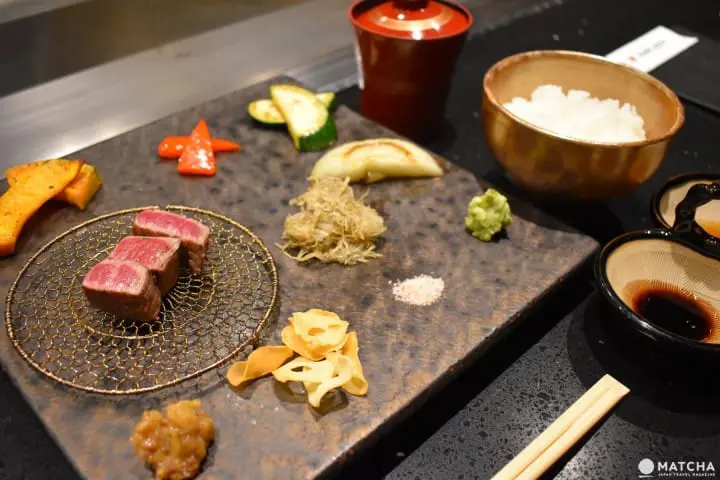
An affordable Kobe beef lunch that doesn't leave you financially constrained for the remainder of your trip is a crucial consideration for many travelers.
Enter Tanryu in Sannomiya, a place that pledges an authentic Kobe beef dining affair at a reasonable cost, featuring some of the finest cuts available.
Situated in the heart of central Sannomiya, Tanryu presents an opportunity for guests to relish the pleasures of Kobe beef within a serene and sophisticated setting.
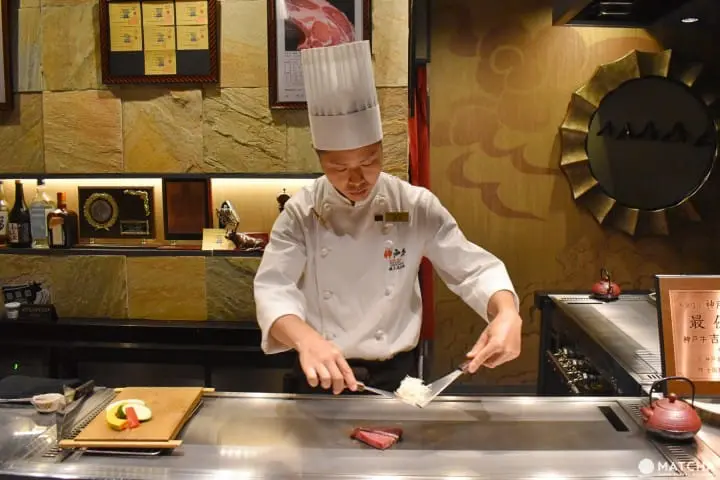
Watch as skilled chefs grill the finest Kobe beef cuts before your eyes, ensuring a personalized culinary experience tailored to your preferences.
Priced at 2,500 yen, the Akami lunch at Tanryu features a prime cut of Kobe beef alongside delightful side dishes and a serving of premium rice.
For an optimal tasting experience, the chefs advise relishing the initial bite of beef solo before experimenting with the array of toppings and condiments provided.
↑ Return to the top of article.
3. Hiroshige: Exquisite Gyudon Dishes with Kobe Beef
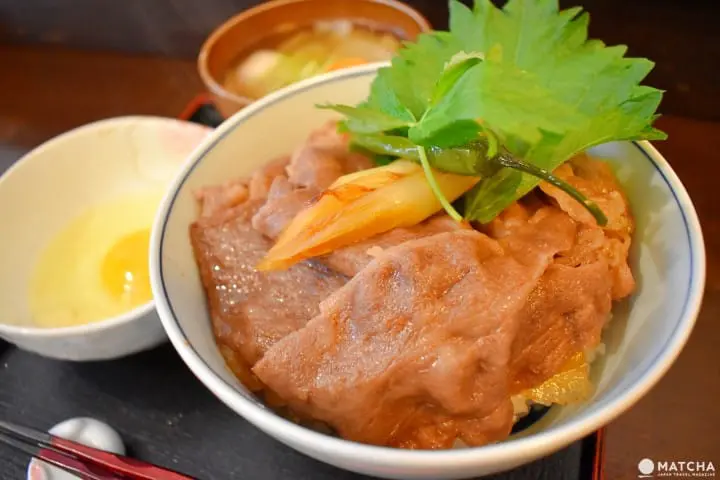
A quintessential Japanese delight, Gyudon features succulent marinated beef bathing in a sweet and savory sauce, crowned with a creamy egg drizzle over a bed of fluffy white rice.
While Gyudon is a customary offering in Japan, its splendor ascends to new heights when crafted with exquisite Kobe beef!
Hiroshige attracts lengthy queues that extend up to ninety minutes, with patrons eagerly awaiting to savor this comfort food cherished in Japan, now elevated to culinary excellence. Pricier than the average bowl, the beef undeniably shines as the standout component of this dish.
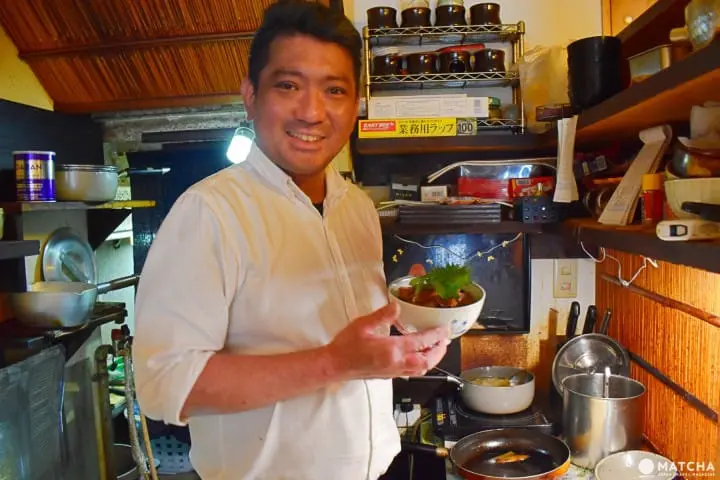
At Hiroshige, every penny spent grants you a sumptuous treat—a lavish encounter with tender Kobe beef, steeped in a delightful sweet and savory marinade before being crowned with a luscious egg, harmonizing the flavors seamlessly.
At this cozy establishment, the proprietor of Hiroshige plays a triple role as chef, server, and owner. His inviting ambiance, coupled with honed culinary expertise gleaned from years in Italian kitchens, guarantees a flawlessly crafted bowl of gyudon.
↑ Return to the top of article.
4. Teppanyaki Grill Misono
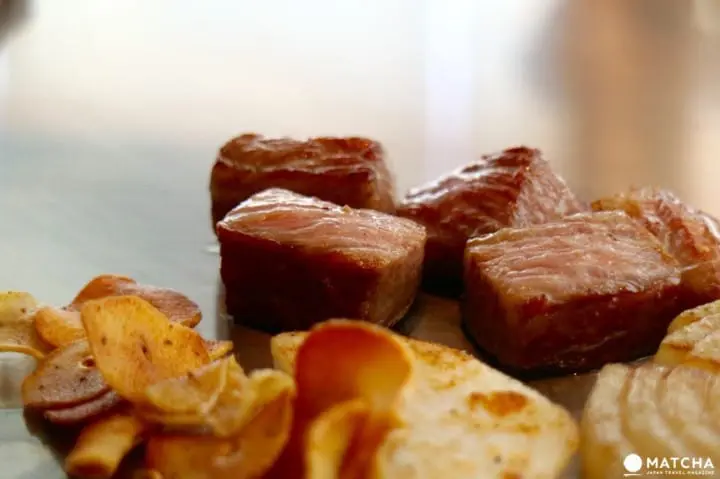
The concept of grilling meat on a hot plate in view of diners has become a familiar scene not only in Japan but also worldwide.
Among the culinary establishments in Kobe, Misono proudly asserts its status as the original teppanyaki restaurant and takes pride in exclusively serving prestigious Kobe beef!
At Misono in Kobe, savory cubes of Kobe beef are expertly prepared in a manner that has influenced similar styles found in popular Japanese chains like Ikinari Steak.
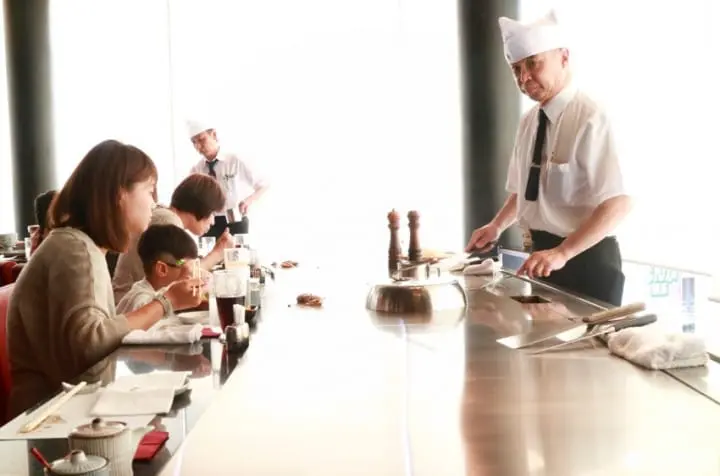
Legend has it that the founder of Misono began grilling on repurposed steel shipping plates to feed American servicemen in post-WWII Osaka. Today, this bustling eatery delights patrons worldwide with its exquisite Kobe beef teppanyaki.
For a delightful experience, we suggest indulging in the five-course lunch selection. Though slightly costly, it promises to satiate your appetite and provide utmost satisfaction!
↑ Return to the top of article.
5. Restaurant Furusato in Tajima Farm Park
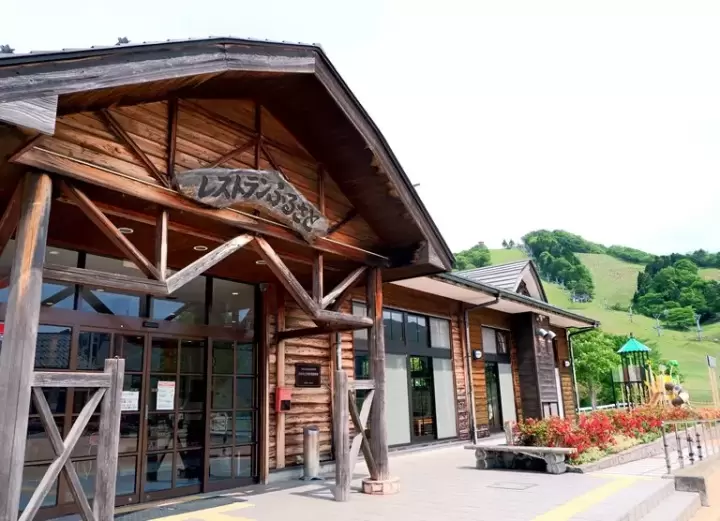
Picture courtesy of the Hyogo Tourism Bureau
The Hyogo Prefectural Tajima Farm Park is home to the Tajima Cattle Museum where you can learn more about Tajima cattle. Discover their unique features through life-size models, historical panels, and an authentic recreation of their traditional living quarters—all for free admission.
Covering 36.2 hectares, the park hosts diverse attractions, including a panoramic grassland leading to a summit observation deck accessible by a lift. This area transforms seasonally: serving as grazing land for the cattle in summer and a winter ski resort.
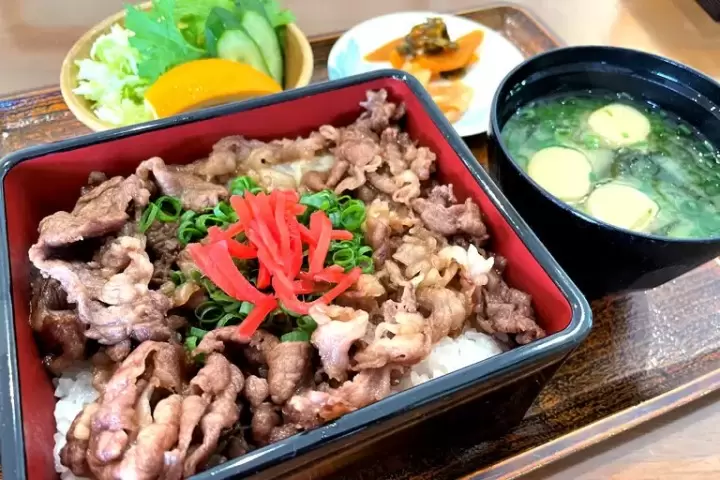
Picture courtesy of the Hyogo Tourism Bureau
Located inside the Tajima Farm Park, Restaurant Furusato offers affordable Tajima beef dishes.
Their renowned Tajima Beef Goju set menu includes salad and miso soup, showcasing succulent meat glazed in a sukiyaki-style sauce—tender, sweet, and richly flavorful. Accompanied by homegrown rice, this dish promises a satisfying and fulfilling dining experience.
Restaurant Furusato has spacious seating and a self-service concept using meal tickets. It's te perfect lunchtime location during an outing in the outskirts of Kobe.
Restaurant Furusato
Location: Hyogo, Mikata District, Shinonsen, Tando 1033 Map
Business hours: 9:00 - 17:00 *closed every Thursday (if it is a holiday, the following Friday)
Official website: https://www.bokujyo.com/englishpage/index.html
↑ Return to the top of article.
Enjoy Kobe Beef Dishes in Japan
Visitors trying Kobe beef can expect an exquisite, tender cut with a smooth, buttery flavor that delights the palate.
Whether seared to perfection, tenderly marinated with a creamy egg, or simmering in a hotpot, this Japanese culinary delight deserves a spot on your list for your next visit.
With the insights from this article, you're bound to discover a dish that will keep you coming back for more!
Read also
Main image courtesy of the Hyogo Tourism Bureau
Travel writer and assistant editor at MATCHA with extensive travel around the Osaka, Kyoto, and Wakayama areas. A Kansai insider who knows their Akashiyaki from their Takoyaki, Iain enjoys getting authentic stories from traditional craftspeople and interesting creators. Particularly fond of temples and shrines, Iain delves deep into the crossroads of tradition and modernity in his eight-plus years living and writing about Japan.


![[Hyogo] A thorough explanation of the secret behind the deliciousness of Kobe beef! What is “Tajima Beef” in its roots?](https://resources.matcha-jp.com/resize/200x2000/2023/11/22-153485.webp)







































![[Just a short distance from Nagoya] Popular Taiwanese YouTuber Alan tours Aichi, Tokoname!](https://resources.matcha-jp.com/resize/720x2000/2026/01/08-255181.webp)

